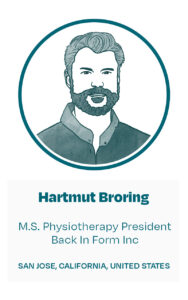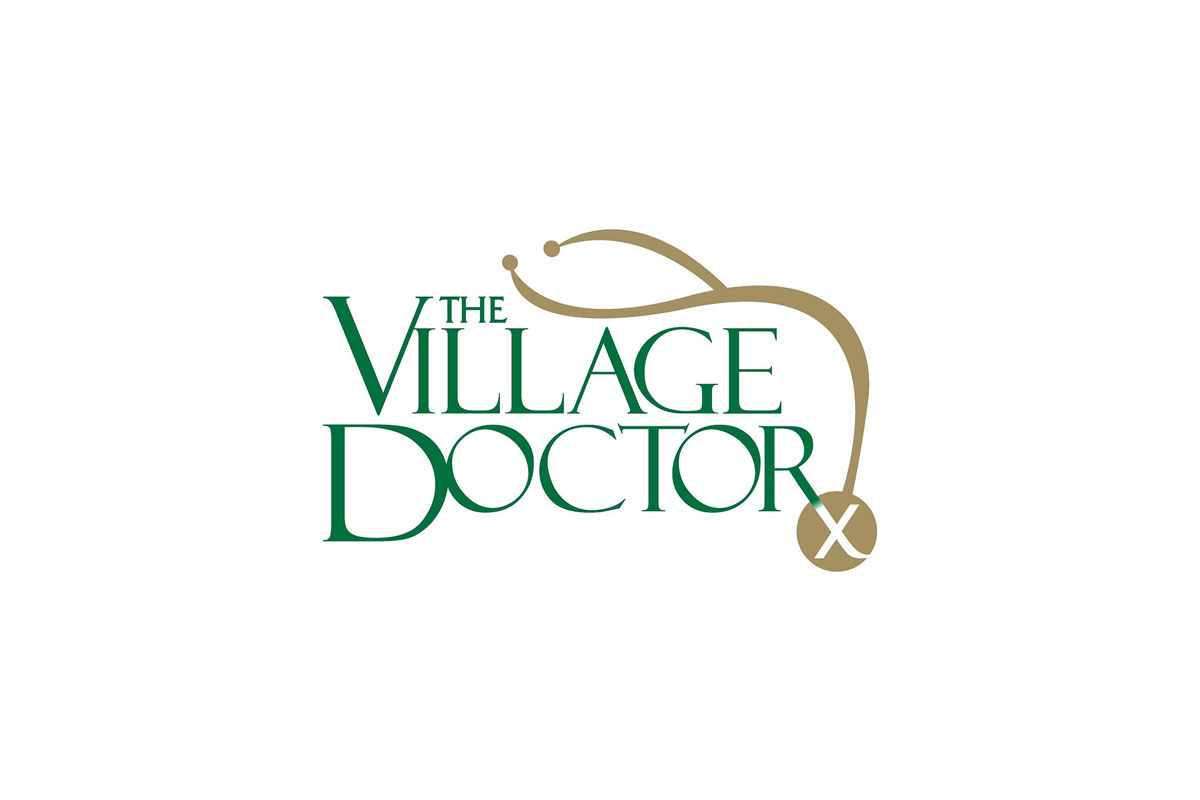 In today’s blog I want to address a problem that affects about 54 million of our fellow Americans. Non-Hispanic White and Asian American women make up the bulk of that number. Amongst men Non-Hispanic White men are more often affected than others. Quite often I hear from men that Osteoporosis is a female problem only. While Osteoporosis does affect mostly women, it isn’t uncommon amongst men at all. As a matter of fact, 1 in 3 women and 1 in 5 men over the age of 50 Worldwide will suffer a broken bone due to bone density losses.
In today’s blog I want to address a problem that affects about 54 million of our fellow Americans. Non-Hispanic White and Asian American women make up the bulk of that number. Amongst men Non-Hispanic White men are more often affected than others. Quite often I hear from men that Osteoporosis is a female problem only. While Osteoporosis does affect mostly women, it isn’t uncommon amongst men at all. As a matter of fact, 1 in 3 women and 1 in 5 men over the age of 50 Worldwide will suffer a broken bone due to bone density losses.
What is Osteoporosis and Osteopenia?
When cutting open a healthy bone we see two different types of bone. The inside bone looks very much like a dense sponge and is named trabecular bone while the bone wrapped around that sponge is called the cortical bone, which is the part we see. Both terms Osteoporosis and Osteopenia describe a bone disease in which the bone mineral density and bone mass decreases. This disease affects the spongy bone structure inside leaving bigger holes in the sponge which compromises stability and integrity of the bone leaving it more vulnerable to fractures. Osteopenia describes the earlier stages of this disease, while Osteoporosis refers to the advanced stage of bone mineral density losses.
Throughout our development we go through three phases, progression, relative stability, and regression. The same holds true for bone density. Our bones undergo a constant process of formation and resorption of bone matter. Early in life we increase bone density reaching the peak usually in our mid twenties meaning the scale is tipped in favor of bone formation. That phase is followed by a period of relative stability in which formation and resorption are in balance, until in our forties the scale starts to tip towards resorption and the loss of bone density and bone mass.
What are the causes of Osteoporosis/Osteopenia?
While we still don’t know for certain why we lose bone density there are many good clues as to how it happens. One reason are age related decreases of hormone levels affecting Estrogen, Testosterone, Insulin-Like Growth Factor 1, and Vitamin D. At the same time, we see the stress hormone Cortisol increase. All these changes favor bone resorption and lead to reduced bone density.
Risk factors include many one can’t change and therefore I only want to mention those without getting into those more deeply. Race, sex, age, and family history all play a significant role in the development of Osteoporosis. In addition, certain diseases and medications lead to an increased risk of Osteoporosis, i.e. Cortico-Steroids.
The risk factors we do have control over are lifestyle related such as diet, tobacco use, alcohol abuse, and a lack of physical activity. A lack of calcium, and Vitamin D as well as an insufficient intake of protein all promote greater bone density losses. Those who went through Bulimia, Anorexia, or other eating disorders, especially during the years of progression, is at an elevated risk for Osteoporosis. Those choosing a life of physical inactivity or very little physical activity are at a heightened risk for bone disease.
What are the symptoms of Osteoporosis and how is it diagnosed?
Osteoporosis is known as a silent disease, often going unnoticed until bone or vertebrae fractures occur. At that point the disease has already far progressed. Other symptoms often falsely attributed to aging and ignored are back pain, loss of height and spinal deformities like hunching over (aka Hyper kyphosis). For that reason, Medical Professionals suggest early detection via routine bone density tests for women over the age 65 and women of any age with an elevated risk, to improve the chances of early intervention strategies.
The most common bone density scan is known as dual-energy x-ray absorptiometry or DXA. It is a painless non-invasive method of measuring bone mineral density at various spots of the skeleton, most commonly at the spine and hip.
The result of that test is given to you in form of a T-Score. T-Scores of -1 or higher are considered normal bone density. Scores as high a +1 indicate higher bone density than the typical 30-year-old. Scores between -1 and -2.5 are diagnosed as Osteopenia, all scores lower than -2.5 are diagnosed as Osteoporosis.
What are successful ways of Prevention and Treatment of Osteoporosis?
Exercises
The first recommendation I hear from Physicians for my Osteoporotic clients is to do weight-bearing exercises like walking or jogging. Indeed, physical activity especially those that promote impact on the skeletal structure are a very effective way to increase bone matter formation rates.
Recommended exercises to address bone density are weight-bearing exercises such as:
- Walking/Jogging/Running
- Stair Climbing
- Hopping and
- Strength- and Resistance Training.
While weight-bearing exercises primarily increase the vertical compression of our skeletal structures, Strength- and Resistance training apply forces to the bone via the attachment of tendons. The Weight-and Resistance Training slightly bends the bone stimulating bone formation. In recent years we have added higher impact exercises like bouncing or even jumping for those with a bone density score high enough to justify the elevated risk. Learning proper body mechanics to improve lifting, pushing, and pulling techniques can help prevent injuries and bone fractures.
Diet
A healthy balanced diet high in fruits and vegetables providing enough calories, Calcium, Vitamin D, and Protein based on age and gender are important in the prevention and treatment of Osteoporosis. A lack of calcium in your diet is being compensated by withdrawing calcium from your bones leaving them at a heightened risk for fractures. Have your physician or a dietitian advise you on the proper amount of daily calories to maintain a healthy weight and good bone density.
Good dietary sources for Calcium are:
- Dark green leafy vegetables
- Broccoli
- Sardines and Salmons with bones
- Calcium Fortified Foods (cereal, orange juice, breads)
- Supplements
Vitamin D is necessary to aid the absorption of calcium from your intestines. Good sources of Vitamin-D are:
- Fatty fish and fish oil
- Egg yolk
- Liver
- Fortified Foods (Cereal, Bread)
- Supplements
The recommended daily intake for each of these two nutrients depend on age and gender. For both genders age 31-50 the recommendation is 1000 mg Calcium per day and 600 IU of Vitamin-D per day. Those numbers go up for females ages 51-70 to 1200 mg Calcium per day and for both genders to 1300 mg Calcium and 800 IU Vitamin-D after the age of 70 per day.
Medication
There are a variety of Medications available for the treatment of Osteoporosis that address various aspects of bone density losses. Because Medications have often unwanted side effects, please consult your physician to find out which if any are best for you before adding medication to your treatment or prevention program for Osteoporosis.
Lifestyle
Besides a healthy diet and regular exercising, you might want to consider reducing or quitting the intake of alcohol and nicotine.
I hope this blog is giving you some useful tips and insights into Osteoporosis/Osteopenia. Should you have any questions or comments, or are interested in an Exercise Plan please feel free to contact me.
Hartmut Broring
M.S. Physiotherapy
President
Back In Form Inc
408.455.2887
Hartmut Broring, MS, July 23, 2022
Hartmut Broring has a Masters Degree in Physiotherapy and is President of Bank in Form, Inc, in San Jose. Back in Form was founded in 1996. Since that time we have been devoted to providing the Bay Area community residents with innovative and customized solutions in fitness, post-rehab wellness & life-style education.


